Tutorial for Random Sponge Painting in 4 Glaze Colors
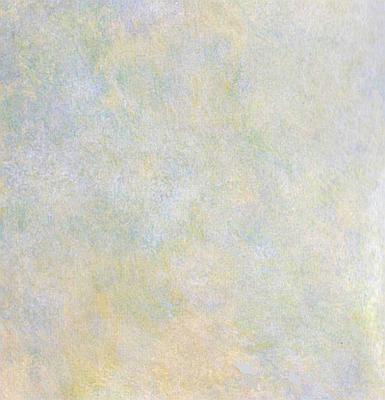
4 glaze colors blended with a sponge
This method involves a slightly different paint sponging technique - it's called "random" because of the loose arrangement of the strokes.
The effect is a texture that is more ephemeral or diffused, and very close to color washing in some respects.
This application gets away from the tight texture of all the other sponging on techniques by letting you drag the sponge lightly - to roughen the surface and blend the colors as you make your strokes.
Plus, the random shapes you create when sponging on the darkest of the four glazes, give the finish a painterly quality.
Preparation
You'll need the same tools and materials for this method as for the basic 1-color sponging on technique (just add 3 more colors for the extra glaze layers here).Also, remember to let the base coat thoroughly dry before applying the finish colors.
In the following example, the effect is accomplished by applying 4 colors of glaze - golden beige, moss green, taupe and pale pink - over a warm-white base coat.
The pink glaze acts as an over-glaze, softening and blending the overall color, but still allowing the individual hues to peek through.
Application
1) Mix the first glaze (light tone).To apply the technique, randomly pounce on the color all over the entire wall in a straight up and down motion.
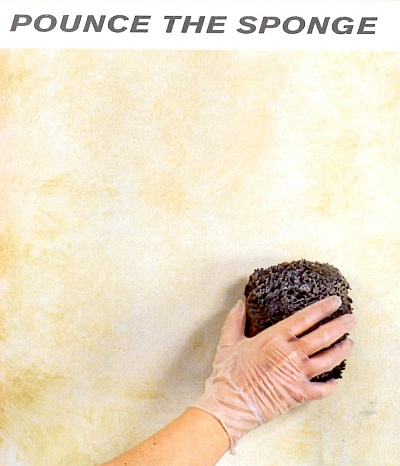
Occasionally, as you touch the sponge to the surface, shift and drag it slightly, to get the blending effect shown.
Cover only 30% of the base coat.
Allow the glaze to dry.
2) Mix the second color (dark shade), and apply it the same way, pouncing and dragging the sponge randomly.
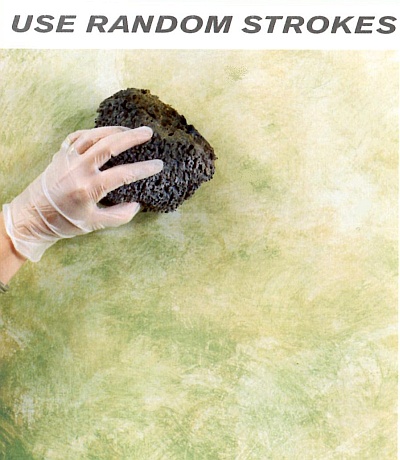
Try to form a patchy pattern that allows the areas of the first glaze to remain untouched.
Let the glaze dry.
3) Mix the third color (medium tone), and use it mainly to fill in the areas left untouched by the second (dark) glaze.
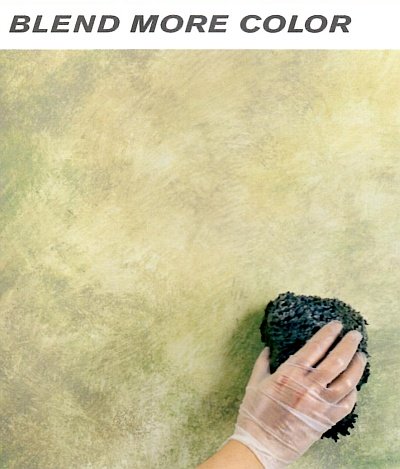
But, for variety, leave some medium color areas uncovered, and sponge over a few dark areas as well.
Be random in your application, and stand back to examine your surface frequently as you work.
4) The fourth color mix (accent tint) should be really thinned out and almost transparent (add twice as much water and clear glaze to it).
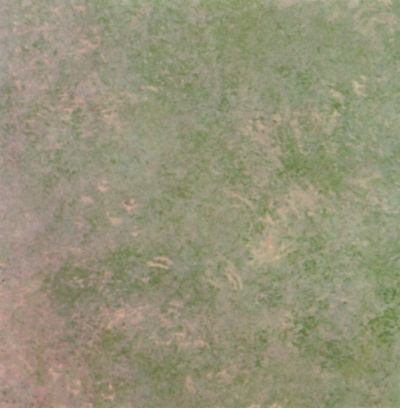
Pat it over the entire surface using a light touch, overlapping and filling in areas as needed, to soften the finish.
TIP: if you want an even denser and more dramatic appearance, use different paint finishes for the consecutive coats.
For example, start with a flat base coat followed by paint in an eggshell finish, then a satin coat, then semigloss paint.
Return to Sponging On Paint Techniques.








